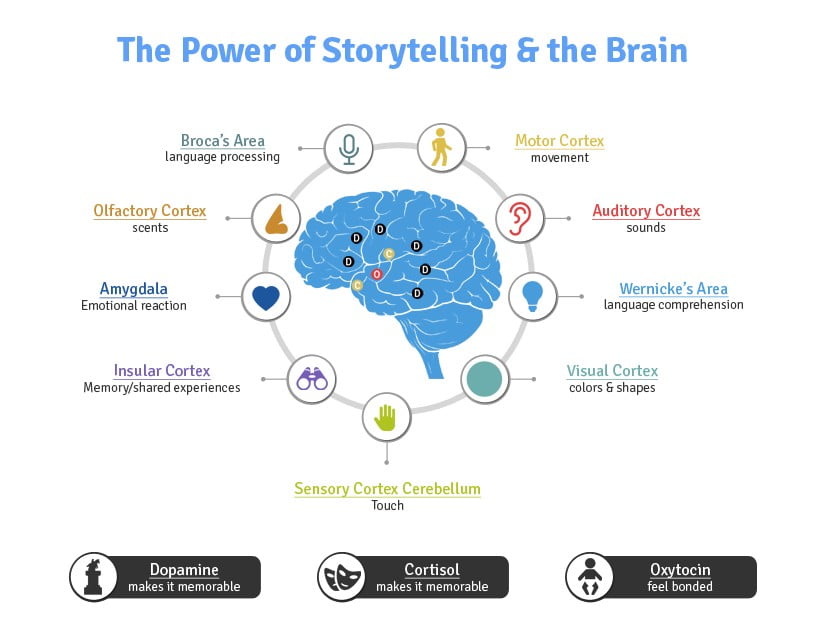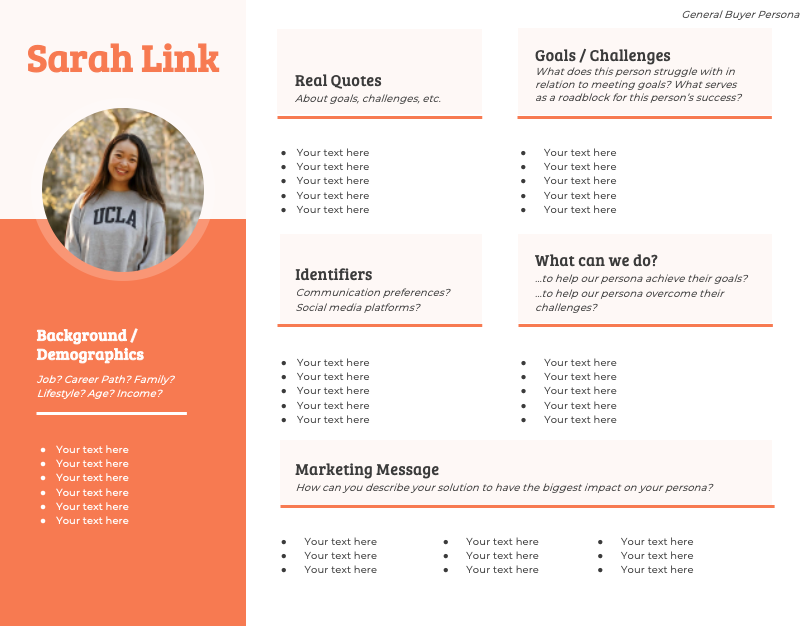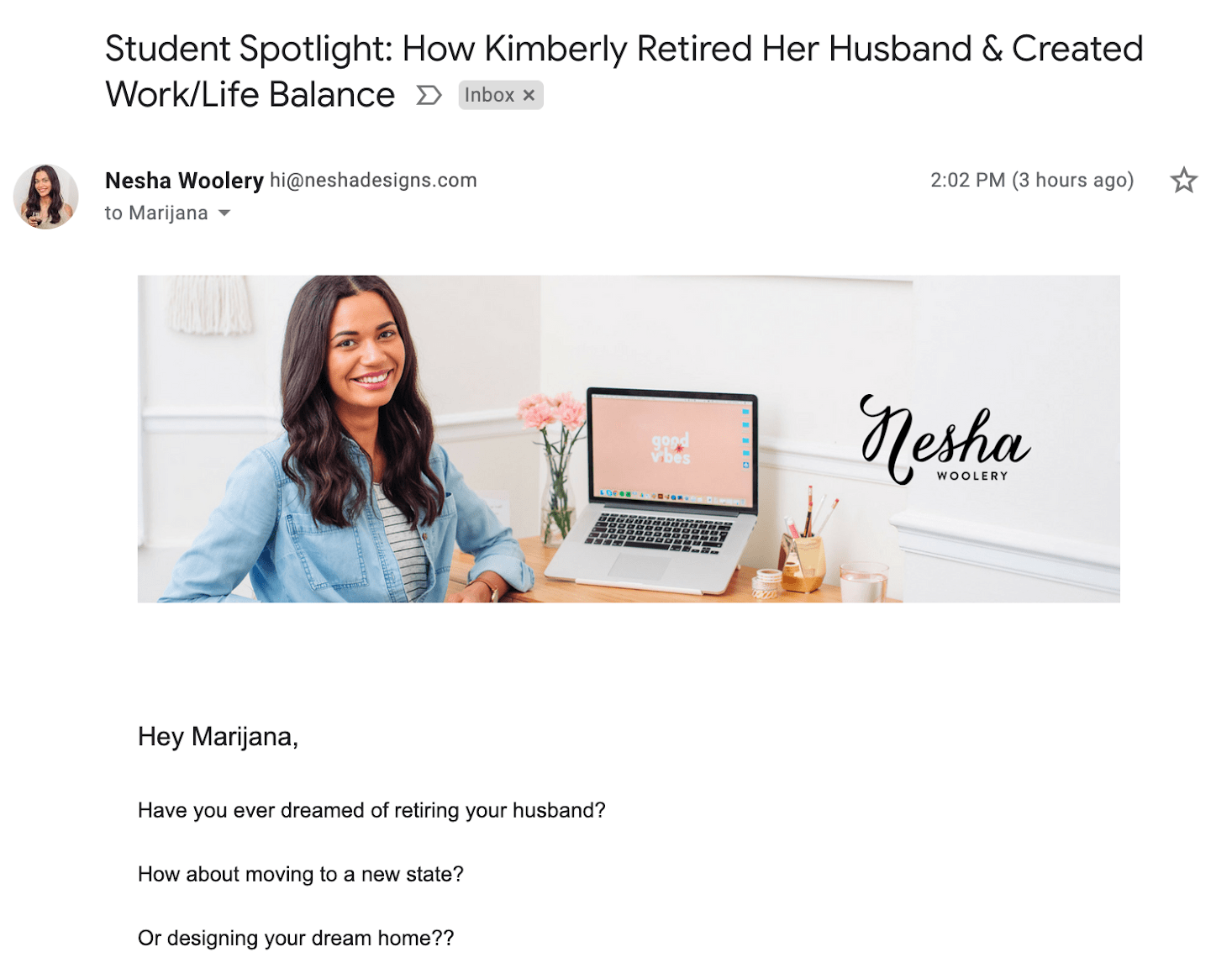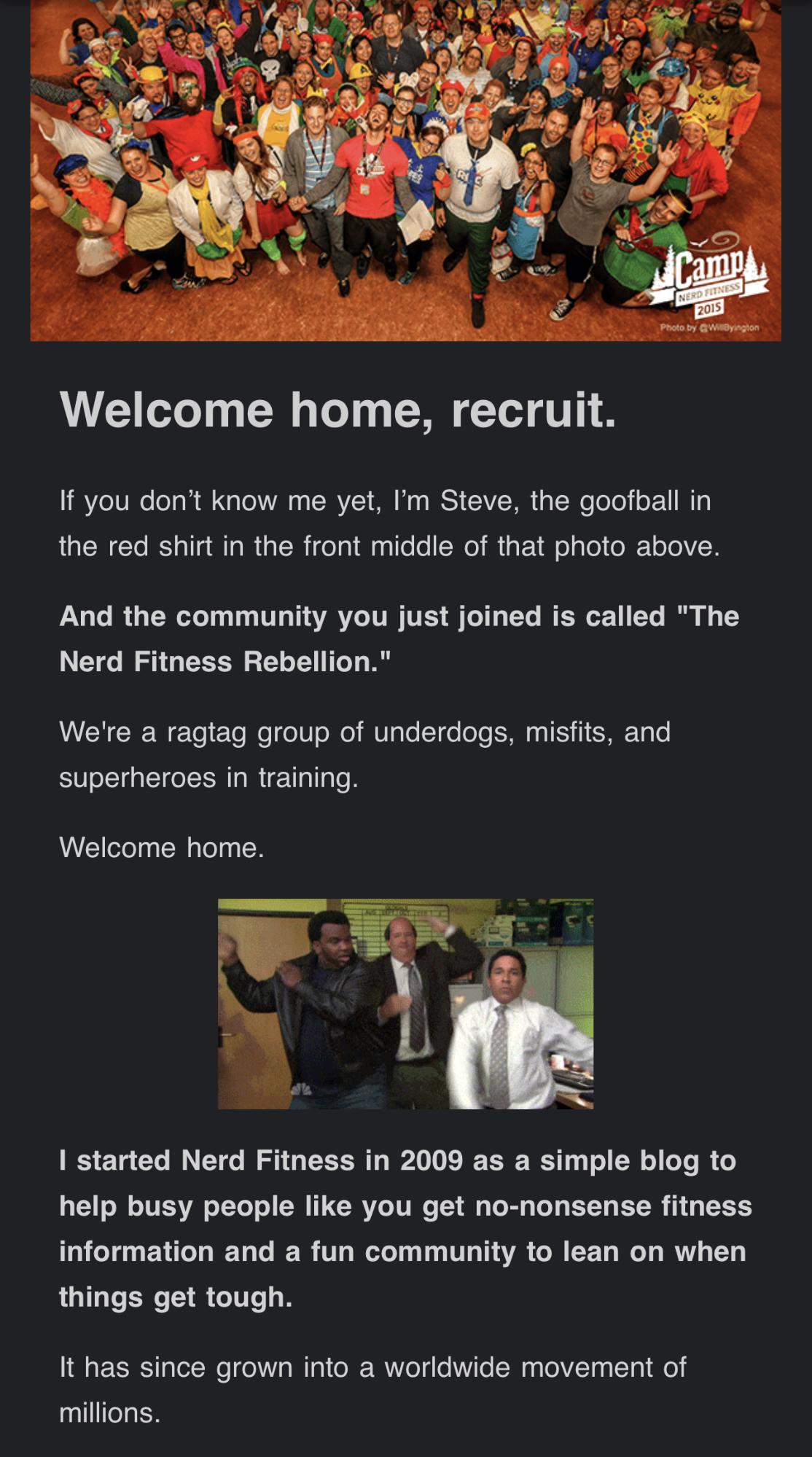In today’s world of digital marketing, email marketing is crucial if you wanna stay ahead of the game. But let’s be real, with the insane amount of emails people get, it’s getting harder and harder to grab their attention. That’s where storytelling comes in.
Storytelling is like the secret sauce to take your email game to the next level. By emotionally connecting to your audience with a great story, you can create a real connection with them that goes beyond just trying to sell your product.

In this article, I’m going to dive into how to use storytelling in email marketing. I’ll cover everything from the key elements of a good story to real-world examples of successful campaigns.
By the end of this, you’ll have all the tools you need to make your emails a hit!
Understanding Storytelling in Email Marketing
Basically, storytelling in email marketing is all about telling a great story that resonates with your audience. It’s not like those boring old sales pitches that no one wants to read. Instead, it’s about creating a narrative that captures your reader’s attention and leaves them wanting more.
When you tell a good story in your emails, you can create an emotional connection with your audience that goes beyond just trying to sell them something.
Now, you might be wondering, “how is this different from other types of content?” Great question, my friend! The thing about storytelling is that it’s a much more personal and engaging way of communicating with your audience. It’s not just about providing information; it’s about taking your audience on a journey and making them feel something. Plus, it’s a lot more fun to read than your typical sales copy.
But why is storytelling so effective in email marketing? Well, for starters, people love stories! It’s just in our nature. When you tell a good story, you can captivate your audience and keep them engaged from start to finish. Plus, stories are a great way to showcase your brand’s personality and values.
By telling stories that align with your brand, you can create a deeper connection with your audience and establish trust. In fact, if people love a brand story, 55% are more likely to buy the product in future, 44% will share the story, and 15% will buy the product immediately.
In short, storytelling in email marketing is all about creating a narrative that captures your audience’s attention and leaves them feeling connected to your brand. It’s a powerful tool that can help you stand out in a crowded inbox and build stronger relationships with your customers.
The Elements of a Good Story in Email Marketing
Now, when it comes to crafting a great story, there are a few key elements you need to keep in mind.
First off, you got to have a good plot. This is the backbone of your story and what keeps your audience hooked from start to finish. Your plot should be engaging, interesting, and most importantly, relevant to your audience.
Next up, you gotta have relatable characters. Your audience should be able to see themselves in your characters and feel a connection to them. Whether it’s a relatable problem they’re facing or a shared interest, your characters should be someone your audience can root for.
Another important element is setting the tone and mood. This can help create a certain atmosphere or emotion that your audience can feel as they read your story. Whether it’s excitement, suspense, or even humor, the tone and mood of your story can make all the difference.
Last but not least, you gotta create an emotional connection with your audience. This is what makes your story memorable and impactful. By tapping into your audience’s emotions, you can create a lasting impression that goes beyond just trying to sell them something.
Now, when it comes to the formula for a good story in email marketing, there are a few different approaches you can take. One common formula is the hero’s journey. This is where you take your audience on a journey with a relatable protagonist who overcomes challenges and grows as a result.
Another formula is the problem-solution approach. This is where you identify a common problem your audience faces and provide a solution through your story. This can be a powerful way to showcase your expertise and provide value to your audience.
Overall, the elements and formulas of good stories in email marketing all come down to engaging your audience and creating a connection with them. By crafting stories that resonate with your audience, you can build stronger relationships and drive better results for your business.
Tips for Creating a Storytelling Campaign
If you want to capture your audience’s attention and keep them engaged from start to finish, then pay attention because these tips are gonna be game-changers.
First off, you must define your target audience. This is key to crafting a story that resonates with them. You have to know who you’re writing for and what they care about. Once you have a good understanding of your audience, you can tailor your story to their interests and needs.
I recommend filling out and completing a buyer persona template like this one from HubSpot:

Next up, you choose the right tone and voice. This can make all the difference in how your story is perceived. Whether you’re going for a conversational tone or a more formal approach, you gotta make sure it matches your brand and resonates with your audience.
Another tip is to use visuals to enhance your story. Whether it’s images, videos, or even gifs, visuals can help bring your story to life and make it more engaging for your audience. Plus, it’s a great way to break up long blocks of text and keep your audience’s attention.
Last but not least, you gotta provide a clear call-to-action. This is what takes your story from just being a good read to an actionable item. Whether you want your audience to sign up for your newsletter, purchase your product, or simply follow you on social media, you must make it clear what you want them to do next.
Now, one bonus tip for you all: be authentic. Your audience can smell a fake story from a mile away. If you want to truly connect with your audience, then you have to be genuine and authentic in your storytelling. Share your own experiences, be vulnerable, and show your audience that you’re a real human being just like them.
Measuring the Success of Your Storytelling Campaign
You can’t just send out a great story and hope for the best, you must have some data to back it up. That’s where tracking and measuring come in.
First off, you have to track your key metrics. This can include things like open rates, click-through rates, and conversion rates. By tracking these metrics, you can see how your audience is engaging with your story and where you can improve.
Next up, you analyze your results. This means taking a deeper look at your metrics and figuring out what worked and what didn’t. Maybe your open rates were high, but your click-through rates were low. Or maybe your conversion rates were great, but your unsubscribe rates were high. By analyzing your results, you can identify areas for improvement and make adjustments to your strategy.
Another tip is to A/B test your stories. This means sending out two different versions of your story to see which one performs better. You can test different elements like the subject line, the visuals, or even the tone of your story. By A/B testing, you can get a better understanding of what resonates with your audience and optimize your campaigns accordingly.
Last but not least, you need to make adjustments to improve your campaigns. Based on your tracking, analysis, and A/B testing, you gotta make changes to your strategy to improve your results. Maybe you need to change up your tone, use more visuals, or provide a clearer call-to-action. Whatever it is, don’t be afraid to make adjustments and try new things.
Remember, it’s all about using data to inform your strategy and improve your results. If you can do that, then you’ll be well on your way to some seriously successful email campaigns!
Storytelling Email Marketing Examples
Need some inspiration? No problem. Here are examples of stories used in email marketing campaigns and their results.

The first example is from Nesha Woolery, an online course creator. She used the success story of a customer in an email campaign. This helps build social proof and credibility as it proves the product works. It also allows readers to relate and want to experience similar results themselves.

Next is the clothing company Brooks Brothers. They created an email campaign that outlined the brand’s history and heritage. Era by era, they tell the story of Brooks Brothers and how it came to be the large business it is today. They talk about historical factories, locations, products, and people that contributed to their success.
This style of email storytelling is effective because it shows readers the amount of time and effort that has gone into the business and product. I would suggest this approach when you want to build brand loyalty.

Lastly, the above email is a welcome message from the Nerd Fitness blog. The Founder, Steve, shows a photo of himself at one of his brand’s meetups. This allows readers to develop a deeper relationship with the blog, as they get to know the person that runs it. Additionally, Steve touches on the blog and community’s values to build a sense of comradery.
Final Thoughts on Email Marketing Storytelling
Storytelling is a powerful tool in a copywriter and marketer’s arsenal. Yet, a lot of people miss out on the power of storytelling in driving sales and nurturing relationships. If that sounds like you, don’t fret. Here’s a recap of today’s article:
- Stories are scientifically proven to create a deeper connection with consumers and inspire them to take action.
- You can leverage stories about yourself or customers/clients.
- Try using a storytelling formula like the hero’s journey to improve your results and workflow.
- Measure your campaigns with stories to determine if they perform better than those without.
Want to learn more about email marketing and copywriting? Explore my online programs or coaching.














